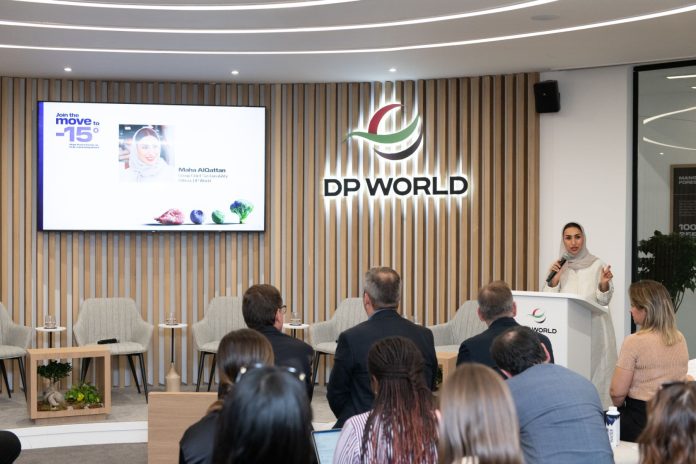A recent study suggests that making a slight adjustment to frozen food temperatures could lead to substantial reductions in carbon dioxide emissions.
Currently set at -18°C, a standard established 93 years ago that remains unchanged, lowering it to -15°C could have significant environmental benefits without compromising food safety or quality, according to experts from the International Institute of Refrigeration in Paris, the University of Birmingham, and London South Bank University.
According to the study, the proposed change to -15°C could result in the following outcomes:
Saving 17.7 million metric tonnes of carbon dioxide annually, equivalent to the yearly emissions of 3.8 million cars.
Generating energy savings of about 25 terawatt-hours (TW/h), which is 17.64% of the UAE’s electricity consumption.
Reducing costs in the supply chain by at least 5%, and in certain areas, up to 12%.
DP World, a leading global logistics firm and principal partner in COP28, is supporting this research. They have initiated an industry-wide coalition named “Join the Move to -15°C” to explore the feasibility of implementing this temperature change.
Furthermore, the coalition aims to redefine frozen food temperature standards to mitigate greenhouse gas emissions, lower supply chain costs, and ensure food resources for the growing global population.
“The Move to -15°C will bring the industry together to explore new, greener standards to help decarbonise the sector on a global scale. Through this research, we can see how we can deploy accessible storage technologies in all markets to freeze food at sustainable temperatures while reducing food scarcity for vulnerable and developed communities,” stated Maha AlQattan, group chief sustainability officer at DP World.
Prominent industry organizations, including AJC Group, Maersk, Daikin, Global Cold Chain Alliance, Kuehne + Nagel, Lineage, MSC and Ocean Network Express, have already joined the coalition.
Toby Peters, professor at the University of Birmingham and Heriot-Watt University and director of the Centre for Sustainable Cooling, said, “The UN predicts a population of 9.7 billion by 2050. To ensure food accessibility, we must close the 56% gap in the global food supply between what was produced in 2010 and what will be needed in 2050. Cutting cold chain emissions and transforming how food is safely stored and moved today helps ensure we can keep sustainably feeding communities across the globe as populations and global temperatures rise, protecting nutritious food sources for years to come.”







